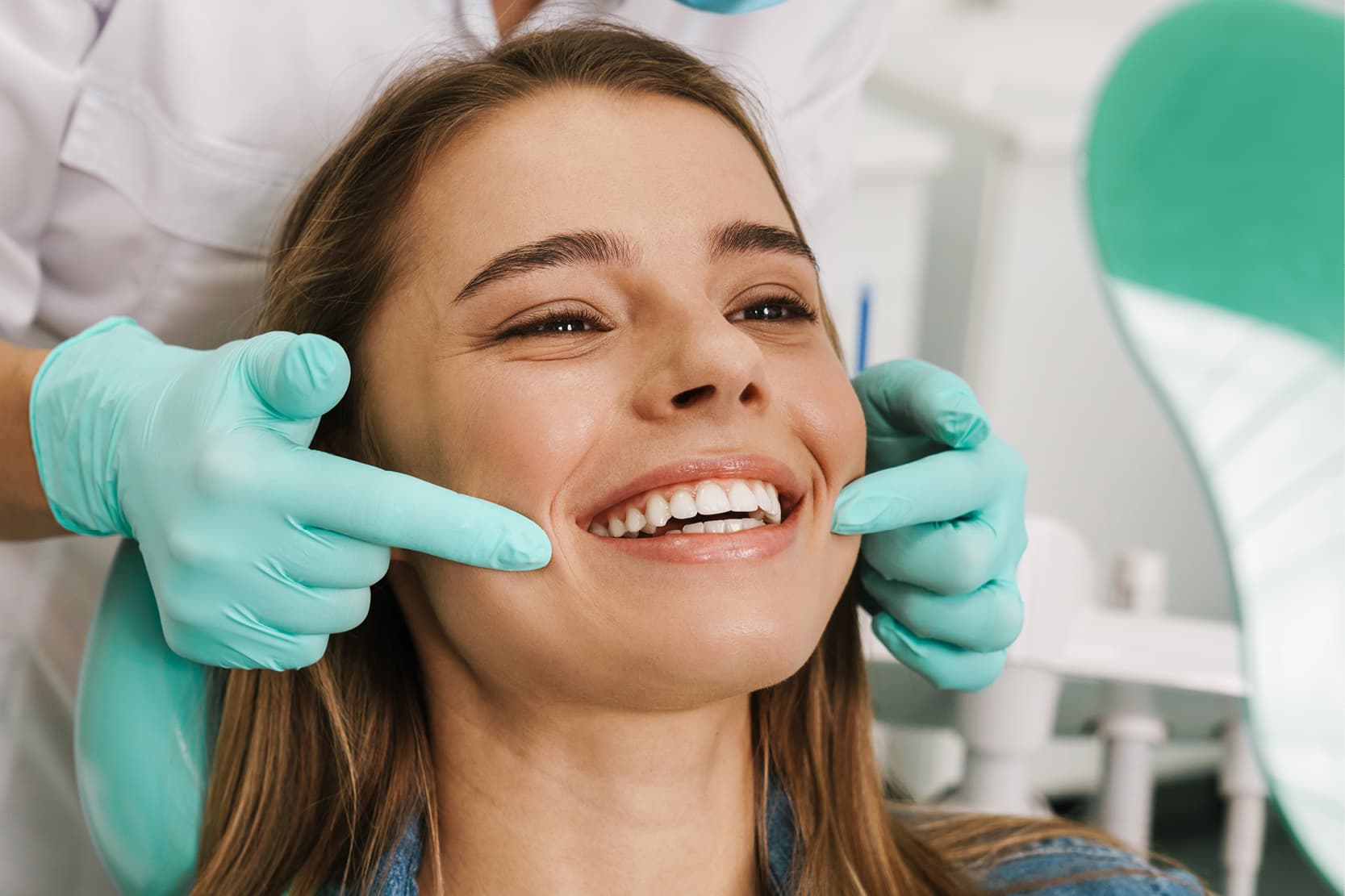
Abrasion and erosion are the two most frequent causes of loss of dental tissue.
Abrasion is a mechanical phenomenon caused by repeated abrasive movements, which may be either parafunctional, like bruxism, or traumatic, such as incorrect brushing techniques and, possibly, the use of highly abrasive toothpastes.
Erosion, on the other hand is a phenomenon of chemical origin and is generally caused by the action of acidic substances. Gastric reflux and the consumption of acidic drinks can lower intraoral pH and lead to erosion. (1)
If these problems persist, they can result in the loss of dental tissue, first enamel and later dentin.
The limits of rehabilitation with traditional fixed prostheses
If the cause is not eliminated or controlled, the gradual consumption of dental tissue will inevitably lead to a reduction in occlusal vertical dimension (OVD) and full-mouth rehabilitation will be needed.
On the basis of extant literature, mainly in the form of case reports, traditional treatments of such cases generally involve conventional, fixed prosthesis rehabilitation based on crowns or bridges, and therefore require root canal surgery. (1, 2)
While effective, this type of treatment is extremely invasive and irreversible. In the case of young patients, moreover, it offers a prognosis that is very limited in time. In addition, if problems arise, the solutions to them become increasingly invasive and increasingly complex. (3)
Advantages of the new restorative techniques
The limitations of “traditional” treatments along with improvements in materials and more effective adhesive protocols have meant that, in recent years, various new restorative techniques have emerged that are far less invasive and more “additive”, i.e. do not require the removal of even more dental tissue.
These techniques offer various advantages over traditional treatments, including shorter sessions in the chair, lower costs for dentist and patient and, if necessary, the ability to make minor composite repairs directly in the chair.
Let us examine some viable additive techniques.
Three Step Technique
As its name suggests, in this technique (3-5), the patient’s rehabilitation is completed in three distinct steps. This means three phases in the dental practice and another three in the laboratory.
- The first step requires the production of a diagnostic wax-up of the vestibular anterior maxillary sector large enough to include the second premolars and therefore to permit adjustment of the occlusal plane. An intraoral mock-up is produced to verify aesthetics and the technician is asked to make any necessary modifications.
- In the second step, depending on OVD (verified previously), a new wax-up is made covering only the posterior occlusal sectors, both maxillary and mandibular. The anatomy of this wax-up is reproduced intraorally in composite, using a clear silicone index.
- In the third step, an incisal guide is made using palatal onlays. Finally, the treatment is completed by performing the necessary anterior vestibular restorations.
Clear Index Technique
The Clear Index Technique (7, 8) is used to restore all the anterior or posterior teeth of a quadrant by means of a clear silicone index.
A diagnostic wax-up must first be produced in the lab to correct the vertical dimension of the teeth. A clear silicone index is produced on the basis of this diagnostic wax-up. The index is then cut up to produce a small index for each tooth.
Two metal matrices are inserted interproximally to protect the points of contact. Heated composite is placed over the tooth to be reconstructed then the index is put in place using the necessary pressure. Any excess composite material forced out between the index and the tooth must be removed using a probe.
Once all excess has been removed, the composite can be cured, first through the clear index and then directly, with the index removed, through direct curing The tooth is then finished and polished before the process is repeated on the other teeth.
Injection Technique
In this technique (9-11), a matrix or clear index of the area to be restored is made from a diagnostic wax-up.
Using a diamond bur, holes are made in the clear matrix at the incisal margins or occlusal surfaces of the teeth needing restoration. These holes must be large enough to accommodate the tip of a syringe containing flowable composite. Teeth that do not require restoration must be isolated with teflon.
If contiguous teeth in the same quadrant have to be restored, they must be isolated from each other, and separate injections made to avoid invading the interproximal area and connecting the contiguous teeth with flowable composite.
Once the teeth have been isolated and the adhesive phase applied, the index can be fitted, and its position verified. The tip of the syringe containing the flowable composite is then inserted into the holes in the masks and the composite resin fluid injected at a constant pressure. After checking that all gaps between the mask and the teeth have been filled, curing can begin. Once all the teeth needing restoration have been treated in this way, they can be finished and polished.
Given the demand for less invasive treatments, these techniques are becoming increasingly popular. Only time and research will allow us to judge just how effective they are.
Do you want more information on Zhermack Dental products and solutions?
Contact us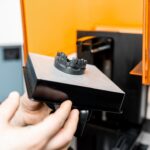
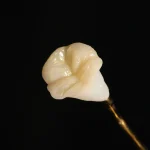
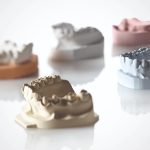
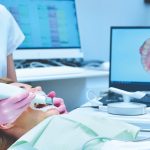

 Zhermack SpA has been one of the most important producers and international distributors of alginates, gypsums and silicone compounds for the dental sector for over 40 years. It has also developed solutions for the industrial and wellbeing sectors.
Zhermack SpA - Via Bovazecchino, 100 - 45021 Badia Polesine (RO), Italy.
Zhermack SpA has been one of the most important producers and international distributors of alginates, gypsums and silicone compounds for the dental sector for over 40 years. It has also developed solutions for the industrial and wellbeing sectors.
Zhermack SpA - Via Bovazecchino, 100 - 45021 Badia Polesine (RO), Italy.


